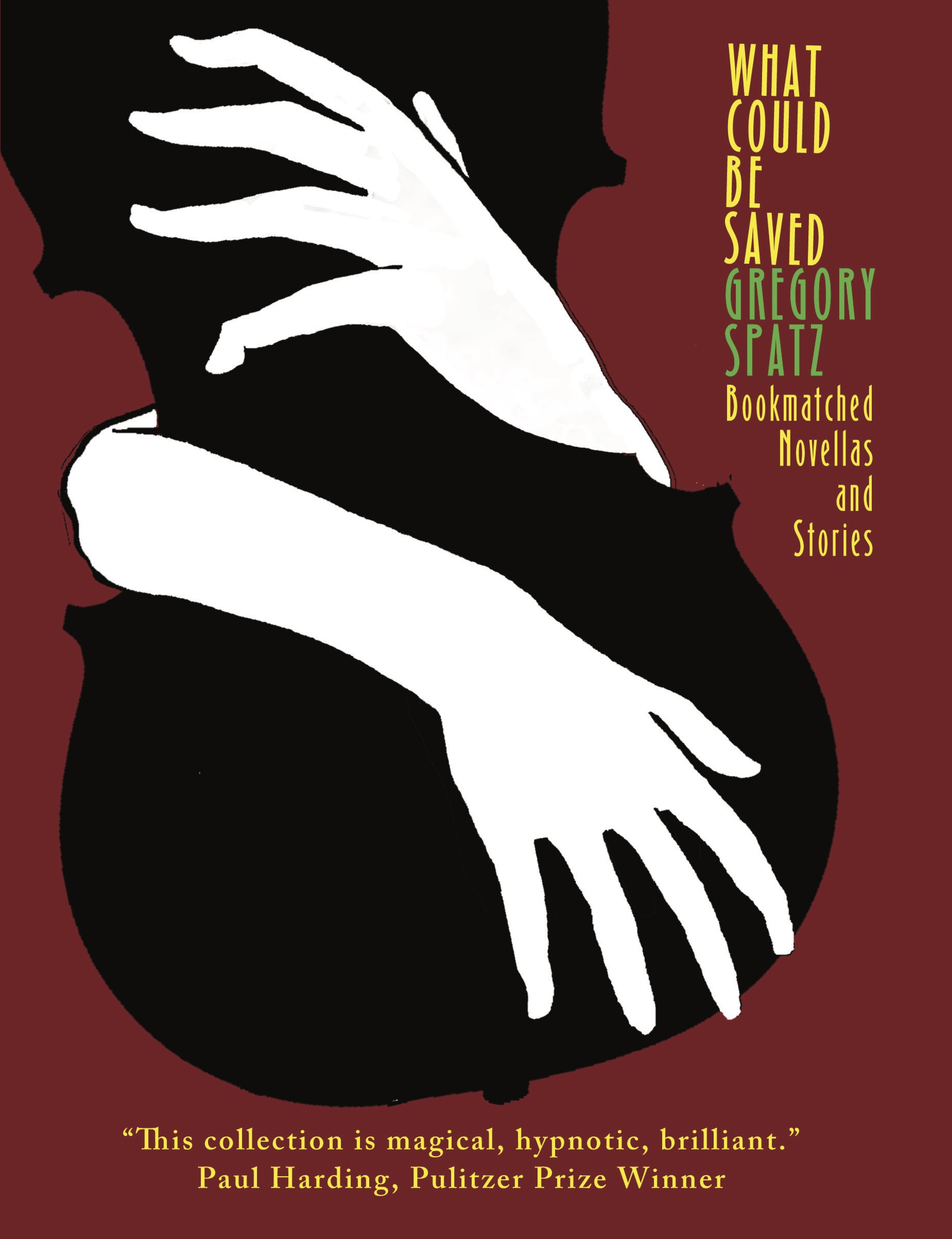Reviewed By Amanda Rogers

When I think of a violin, I think of soaring movie soundtracks and melancholy. The enhancement of an emotion already felt that needs a sound to go with it though a voice would cheapen it. The violin is the only instrument that can come close to a human wail, and therefore is most commonly used for songs most tied to our deepest, darkest emotions. That is not to say there are not happy ditties to be danced to from this instrument but the ones that strike a chord in us come from those that touch the darkest parts of our soul. In this collection of short stories and two novellas, you find that enhancement without hearing a single note. Instead you are forced to feel what is hesitant to be felt. The result is devastatingly beautiful.
“What Could Be Saved” revolves around the emotional experiences of identity surrounding the complexities behind playing and building violins. There is a beauty and a grace behind the writing that pulls you under and sweeps you away on a whirlwind of emotion as you read about something as innocuous as a violin. You are captivated by the style and entrapped by the stories as you piece together the elements that tie everything together beyond the presence of violin in each. There is an essence of lyricism within the stories that makes you feel like a song is playing on repeat in your head while reading but you can’t hear it. It’s maddening. The similarities between characters and life stories, the beauty and humanity mentioned between descriptions of music and parts, the despair when you realize these stories are not the happy go lucky pieces meant for quick reading. This collection is emotionally draining yet addicting. There is no simple skimming, you have to fully invest or you lose the emotional connection found in every word and then you miss out on one of the most wonderful bits about this awesome collection.
Each story revolves around the same idea yet in different ways. The first a young man seeking to find his passion in life, his place, as he is swept up by a passion for violins and a girl. His constant self-doubt and loathing is a fixture from beginning to end. The second is told from the perspective of a box of forgotten violins in disrepair as we hear the stories behind each of their broken parts, none end too happily and focus around the idea of lost dreams. Each story follows this theme of dreams and fulfillment and the lack thereof, especially when it comes to violins. Each character we see seems to be following a trail of regret. There are characters that can be related to, situations to pity, and familiar touches within each. Each story is completely different, so different that by the time you are swept away by the next you begin forgetting details of the first, yet small details from the previous story strewn throughout the current tale make you feel like you’ve forgotten something and you need to spread each page in front of you covered in margin notes to keep all of the details straight. This sense of forgetting feels like a loss all your own that has nothing to do with what you’re reading.
I have never encountered anything like this before, even though this collection is a prime example of acute realism. All of these stories are ones we could have lived ourselves and yet the raw intensity makes it seem like a fantasy. It feels as though this level of feeling could never exist outside of the pages of a book and yet the situations depicted on the page could happen any second. And still, every piece is entirely made up. It is 100% fiction but if someone had come up to me and told me one of these stories, I would have completely believed it was true because there is an attention to detail that takes our world and builds it to a level of near fantasy, yet nothing has been changed. There is no magic or fairies, just people with broken dreams and a love for the violin.
This collection addresses the human condition full on with no hesitation and addresses the topic we all experience but hate to admit: failure. Reading this, I was filled with this constant sense of dread that I couldn’t dispel, even upon the conclusion of a piece. Each one fueled the next for another dose of reality and I couldn’t have been more obsessed. There was a need prevalent within the pages to know more and to understand the jargon and technical talk of an instrument I admire but know nothing about. To use stories revolving around an instrument, the one most related to human emotions and the dark ones at that, that address the human need for validation and success only to ultimately fail in the end, is haunting.
